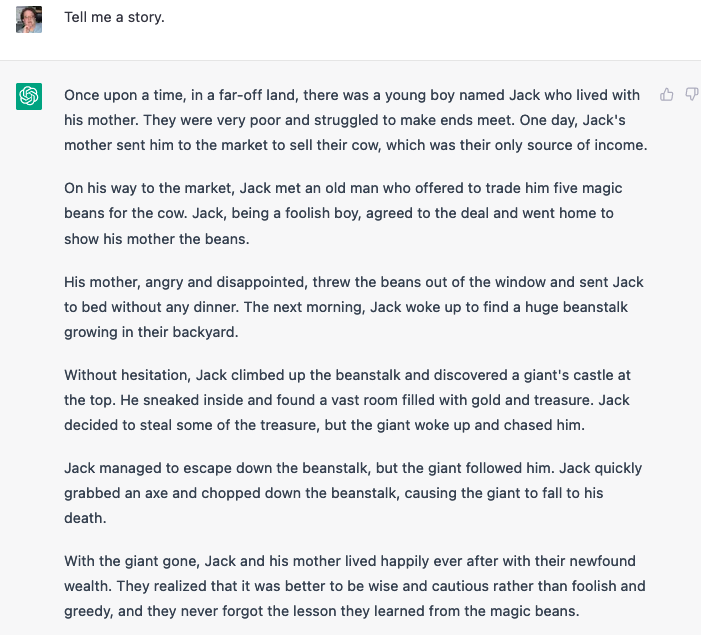Knowing how much I like to invent terms for things that have no name ("topolect", "character amnesia", etc.), and needing a word for the parlance produced by ChatGPT-4 and kindred AI chatbots, Conal Boyce asked me to coin a term for it. I instantly obliged him by coming up with "pablumese" to designate the sort of language that is unremittingly neutral and takes no stance on any subject or topic it addresses.
Conal liked my invention and responded:
Here's one of the problems with ChatGPT and its brethren: Not only does it spew what Victor calls 'pablumese' but for technical questions it then mixes its pablumese with quantitative nonsense, creating a truly creepy kind of output.
I was curious to see how it would handle the question of how many copper atoms fit into the cross-section of a typical copper wire. It responded in a way that made it sound very knowledgeable, breaking everything down into tiny (sometimes condescending) steps, and yet, at the very end of its perfect logic, it botched its answer, because it was unable to do a conversion between millimeters and picometers correctly.
But here's the kicker: What makes this stuff maximally odious is that the creeps who design it will succeed in taking over the world anyway, because this week "version 4 is astonishingly better than the beta ChatGPT!!!" and version 5 next week will be astonishingly better than…. etc. etc. until they've improved it enough that it really will threaten the jobs of 3/4 of the human race. It must be an absolutely sickening time to be a young person, trying to plan one's career.
Read the rest of this entry »



